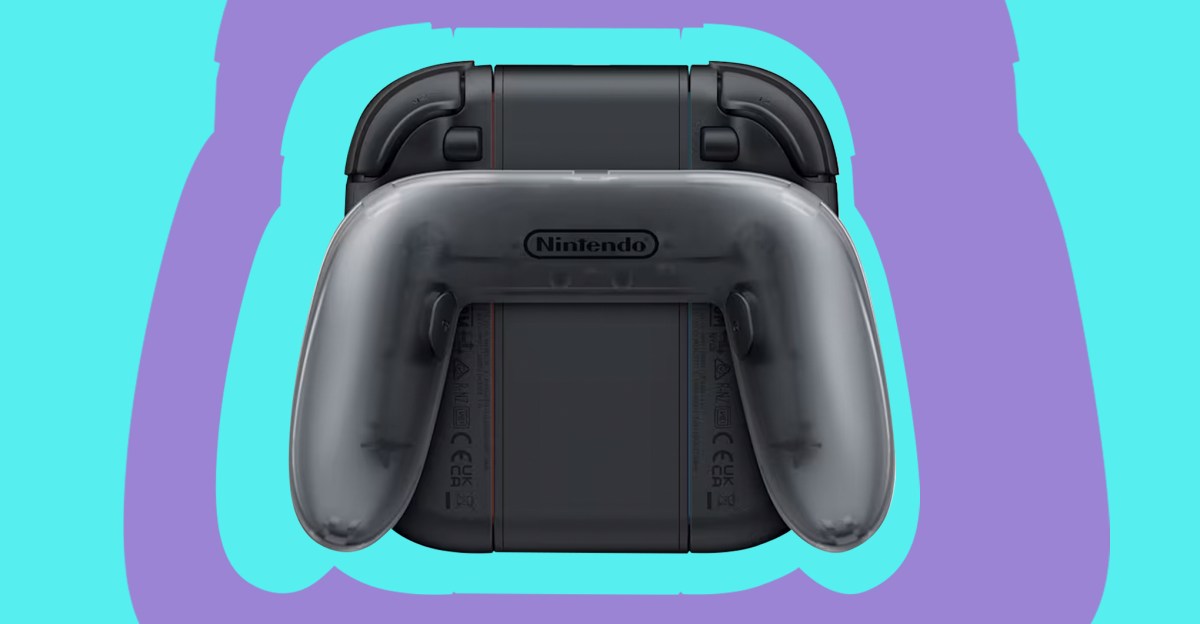
The standout drone for 2025.
DJI remains the market leader, although HoverAir and Autel offer interesting options.
Drones have become an essential tool for content creators, allowing them to capture aerial imagery that enhances their videos. Currently, their accessibility has increased thanks to improvements in video quality and features, along with price reductions. Recent affordable models include DJI's Neo and Flip drones, as well as the HoverAir X1 Pro range, all priced below $500. For those with a higher budget, options like the DJI Mini 4 Pro and the HoverAir X1 Pro Max are available, while for the price of a good mirrorless camera, you can get the DJI Mavic 3 Pro, which offers outstanding image quality and a wide range of features.
It is important to consider both price and features such as video quality, obstacle avoidance, and subject tracking. To help you choose the drone that best fits your needs and budget, we have compiled a guide on the best drones you can purchase right now, including models for beginners, professionals, and filmmakers.
One of the standouts is the DJI Mini 4 Pro, which combines excellent performance at an affordable price. With a built-in camera featuring a 1/1.3-inch sensor and a 24mm f/1.7 lens, it allows for 4K video recording at 100 fps and captures photographs of up to 48MP. It offers a flight time of around 45 minutes and can reach a distance of up to 12.4 miles in open terrain, all while transmitting a 1080p signal at 60 fps to the controller. Moreover, its weight is under 249 grams, which exempts it from licensing requirements in most regions.
If you prefer not to buy DJI drones due to concerns about potential market restrictions, Autel is an option to consider. Its Evo Lite+ model offers autonomous features and obstacle detection similar to the DJI Air 3S, but with 6K video resolution and a 1-inch sensor. The battery life is 40 minutes, and it has a maximum range of 7.5 miles.
The DJI Neo has been recognized for its lightweight design and ease of use; it does not require a license and features protected propellers that ensure safety. Its design allows for manual piloting using controllers, FPV goggles, or even a smartphone, reaching speeds of up to 20 mph and recording video in 4K at 30p.
Another model, the DJI Flip, offers a clever design with foldable propellers that protect its components in case of a collision. Capable of recording 4K video at 60p and with a 1/1.3-inch sensor, it is ideal for indoor recordings, although its performance outdoors can be affected by wind.
The HoverAir X1 Pro Max, with a design similar to the Flip, can avoid obstacles while following people and is a bit faster, though its battery life and range are limited.
On the other hand, the DJI Mavic 3 Pro stands out as one of the best cinematic drones regardless of price, thanks to its Hasselblad camera and advanced features. Its battery life is considerable, reaching up to 43 minutes, and it can fly up to 9.3 miles.
The DJI Air 3S is notable for its dual-camera system that allows for a variety of shots. It offers excellent image quality and a battery life of 45 minutes.
Lastly, the Avata 2 is known as DJI's main FPV drone, capable of reaching speeds of up to 60 mph and featuring excellent acrobatic capabilities, although its battery life is around 20 minutes.
When looking for a drone, consider aspects such as camera features, speed, range, safety, battery life, and obstacle detection. The best models feature sensors to detect obstacles in all directions, which is essential to avoid accidents while capturing content.



